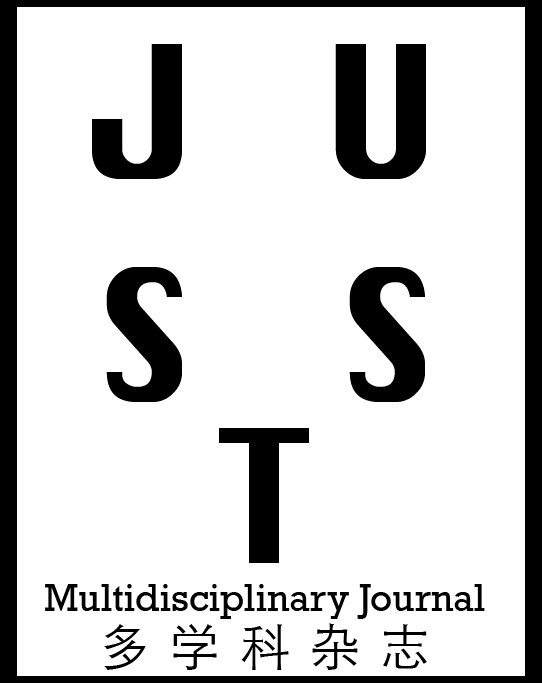Ahmed.A, Ismail. A, Omar.H, Zulkifli. S, Yusof. S, Rahman. F
Department of Biological Science, Faculty of Science, Universiti Putra Malaysia, UPM Serdang, Selangor, Malaysia.
Impact of Selected Heavy Metal (Cd, Pb, Cu and Zn) Concentration on Histological Changes of 2 Species of Estuarine Catfish (Small, Medium and Large Size) Arius thalassinus and Plotosus Anguillaris
Authors
Abstract
Aquatic systems are exposed to a vast number of pollutants that are mainly contained in effluents discharged from industries, sewage treatment plants, and drainage from urban and agricultural areas. This study was conducted to establish baseline information of selected heavy metals (Pb, Cd, Zn, and Cu) in the sediment of two rivers (Kuala Gula and Sepang) and histopathological changes using catfish species (Arius thalassinus and Plotosusanguillaris) as an animal bioindicator. Heavy metals concentration was determined by using atomic absorption spectrophotometer (AAS). The histological changes in gills and liver were detected microscopically and evaluated with criteria of scoring in each organ with emphasis on the histological alterations in these organs. The results showed the highest values of metals concentration were in large fish of Arius thalassinus and lowest concentration while in smallPlotosusanguillaris. Tissues damage is also more obvious in larger fish than smaller fish. Concentrations of Cu in the fish gills and livers were below the maximum permissible limit, however, Zn, Pb and Cd exceeded the permissible limit with means metal concentrations in the livers of two species catfish (μg/g-1d.w.). Livers were higher than the gills with metal concentration of Arius thalassinus Zn (233.8) >Pb (63.1)> Cu (12.5) μg/g-1 d.w. Cd (1.35). However, gills register lowest of accumulations these metals in Plotosusanguillaris with means Zn (94.5) > Pb (16.3) >Cu (7.3) > Cd (0.93) μg/g-1 d.w. respectively in small catfish. Several histopathological alterations, tissue damage was more prominent in fishes with the highest heavy metal content where tissue damage was more obvious in larger fish than smaller fish. Tissue damage in the liver is more prominent than in the gill. Damages observed includes increasing monomicrophages cells, vacuolar degeneration and necrosis of the liver, proliferation in the epithelium of gill filaments and fusion of secondary lamellae, severe degenerative and necrosis in the studied tissues of both fish as a result of the accumulated metals. This Study concluded that histopathological changes could be used as a good biomarker for pollution. Higher metal content in fish is coincides with severe tissue damage in larger fish. Hence histopathology can be used as a tool to indicate the impact of heavy metal in fish.
